How to Prepare for Gorilla Trekking in Uganda’s Bwindi Forest
Entering the Realm of the Mountain Gorillas
Deep in the heart of Uganda, where thick mist settles over towering trees and birdsong echoes through ancient canopies, lies Bwindi Impenetrable National Park—a place revered as one of the last sanctuaries of the endangered mountain gorilla. For many travelers, a journey to Bwindi is not merely an item on a bucket list; it is a pilgrimage into one of the most profound wildlife encounters in the world.
Yet, while the idea of standing face-to-face with a massive silverback or watching infants tumble through vines may stir excitement, the experience requires careful preparation. Bwindi’s rugged terrain, unpredictable weather, and conservation protocols demand that every visitor be both physically and mentally prepared. More than just a trek, gorilla tracking is an expedition into one of Africa’s most untamed landscapes.
Understanding how to prepare ensures not only comfort and safety but also a deeper appreciation of the privilege of meeting gorillas in their natural home. From physical fitness and packing essentials to cultural awareness and conservation ethics, preparation shapes the journey long before the forest paths are set upon. To prepare for gorilla trekking in Bwindi is to embrace the adventure fully, ensuring that each step in the dense forest leads not only to discovery but to transformation.
Understanding Bwindi: The Setting of the Trek
The Geography and Terrain of Bwindi
Bwindi is situated in southwestern Uganda along the Albertine Rift, its boundaries stretching across steep hillsides, valleys, and ridges cloaked in one of Africa’s oldest rainforests. The park’s name, “Impenetrable,” reflects the reality of its terrain. Trekking here involves navigating dense undergrowth, muddy trails, and challenging inclines. Altitudes range between 1,160 meters and 2,600 meters, creating conditions where oxygen levels thin slightly and physical exertion is heightened.
Those who prepare for gorilla trekking must recognize that the journey through Bwindi is unlike a casual walk in the woods. Trails are not always predictable, weather shifts quickly, and the forest floor may be slippery. Preparation, therefore, involves understanding that the trek is an endurance activity shaped by nature itself.
Climate and Weather Considerations
Bwindi experiences a tropical climate, marked by two main rainy seasons between March and May and again from September to November. Even outside these seasons, rain can fall unexpectedly, and mist frequently shrouds the higher slopes. The combination of high humidity and steep gradients demands both stamina and adaptability from trekkers.
Temperatures vary with altitude but generally remain mild, averaging between 7°C at night and 20°C during the day. Packing appropriate clothing, waterproof gear, and layering essentials is not optional but necessary for a successful trek.
Preparing Physically: Building the Strength for the Trek
Fitness Requirements
Although gorilla trekking does not require professional athleticism, it does demand moderate physical fitness. Treks may last anywhere between two and eight hours, depending on the gorillas’ movements. This means extended periods of walking through uneven terrain, often at a steady uphill pace.
Those planning to visit Bwindi are encouraged to begin fitness preparations months before arrival. Regular walking, jogging, and hiking improve stamina, while targeted leg and core exercises build the strength needed for climbing inclines and maintaining balance on slippery paths. By preparing physically, trekkers are not only better equipped for the demands of the forest but also able to focus more fully on the encounter with gorillas rather than on exhaustion.
Altitude Adjustment
Bwindi’s elevation, though not extreme, can cause mild altitude-related fatigue for some visitors. Acclimatization is best achieved by spending a day in the region before trekking, allowing the body to adjust. Hydration plays a key role in managing altitude effects, as does pacing oneself during the trek. Proper preparation ensures that altitude enhances rather than hinders the sense of immersion in the forest.
Practical Preparations: Permits and Guidelines
Obtaining a Gorilla Trekking Permit
The cornerstone of preparation for gorilla trekking in Bwindi is securing a permit. These permits are issued by the Uganda Wildlife Authority and are required for all treks. Demand is high, and permits are limited to protect the gorillas from excessive human interaction. Securing one often requires booking months in advance, a step that emphasizes the seriousness of the experience.
A permit grants a visitor one hour with a habituated gorilla family, preceded by the trek itself. The cost, though significant, directly supports conservation efforts and community development, ensuring that trekking remains sustainable. Travelers must understand that preparation includes not only financial readiness but also a commitment to conservation values.
Conservation Rules and Visitor Guidelines
Trekking in Bwindi is governed by rules designed to protect both gorillas and humans. A safe distance of seven meters must always be maintained, though curious gorillas sometimes close the gap themselves. Masks may be required to prevent disease transmission, as gorillas are susceptible to human illnesses.
Preparation involves familiarizing oneself with guidelines that include avoiding flash photography, refraining from littering, and maintaining silence when near gorillas. Observing these rules ensures that the experience remains respectful and that the fragile balance of the ecosystem is preserved.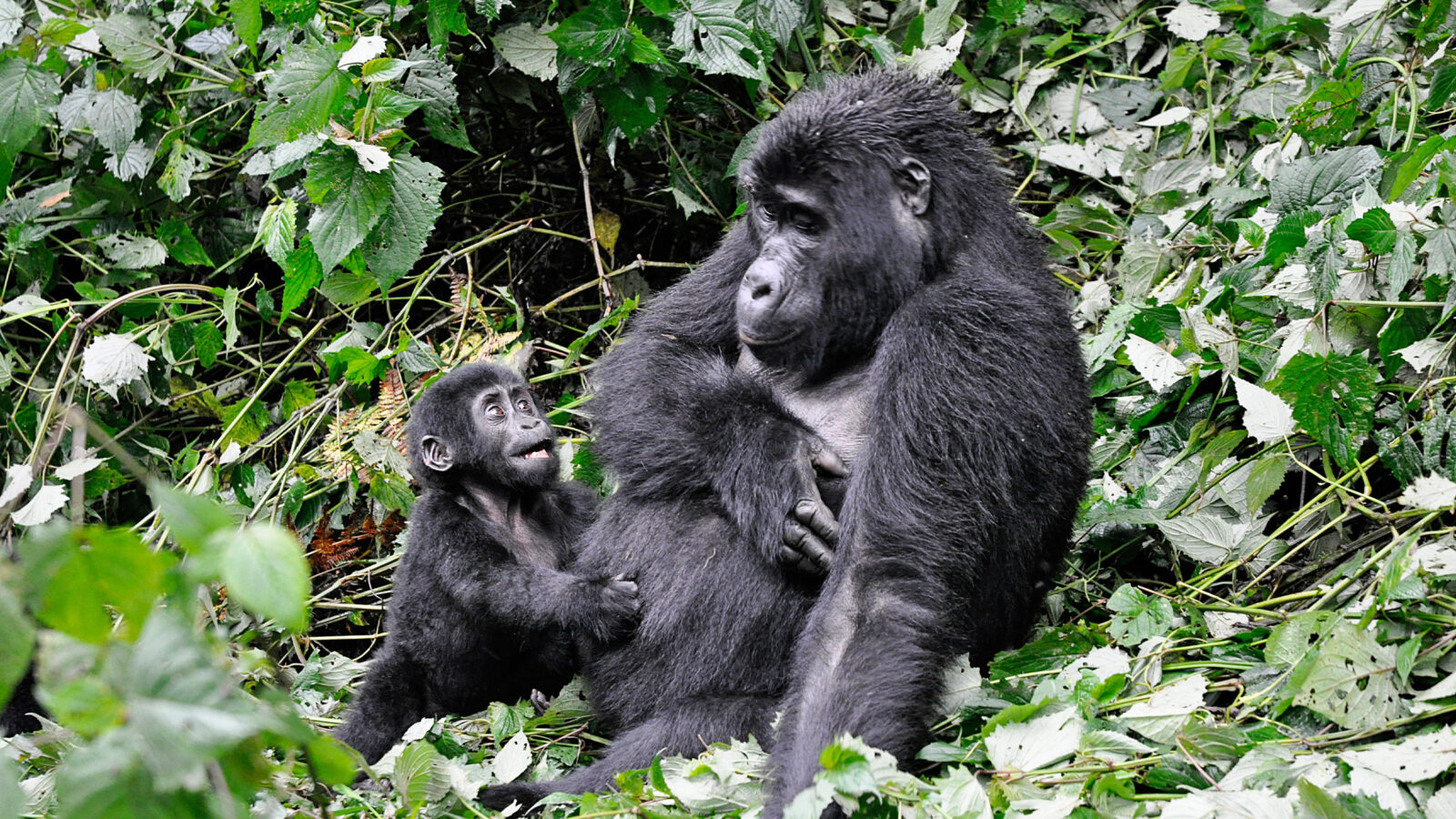
Packing for the Experience: Essential Gear for Bwindi
Clothing for the Forest Environment
Dressing appropriately is central to preparing for Bwindi. Long-sleeved shirts and trousers are necessary to protect against nettles, insects, and the forest’s dense vegetation. Neutral colors such as greens, browns, or khakis blend with the environment, avoiding unnecessary disturbance to wildlife.
Sturdy hiking boots with good ankle support are indispensable, as slippery paths and steep inclines are common. Waterproof jackets and layers provide comfort against sudden rain and fluctuating temperatures. Hats and gloves add extra protection, particularly in misty or chilly conditions at higher altitudes.
Gear and Personal Essentials
Beyond clothing, several essentials define successful trekking preparation. A small backpack allows trekkers to carry water, snacks, and personal items without difficulty. Walking sticks, often provided by guides, aid balance and reduce fatigue. Insect repellent, sunscreen, and a reusable water bottle are vital for comfort and health.
Binoculars enhance the experience by allowing glimpses of birds and other wildlife along the way, while cameras capture memories of the journey. However, preparation also means being ready to experience moments directly, without the constant lens of technology.
Mental Preparation: Embracing the Experience
Patience and Resilience
A central aspect of preparing for gorilla trekking is cultivating the right mindset. The trek is unpredictable—gorillas move freely, weather shifts suddenly, and paths may take hours before an encounter occurs. Patience and resilience are essential qualities, ensuring that the challenges of the trek are embraced as part of the adventure rather than viewed as obstacles.
Trekkers are encouraged to approach the experience with openness, recognizing that the journey itself is as significant as the destination. The anticipation, the sounds of the forest, and the gradual immersion into the wilderness form part of the transformative experience.
Respect for Wildlife
Mental preparation also involves an appreciation of the privilege of seeing gorillas. These are not zoo animals but wild creatures in their natural habitat. Respect requires quiet observation, humility in the presence of such powerful beings, and awareness that this is their home.
By preparing mentally, trekkers ensure that their behavior enhances rather than detracts from the delicate relationship between humans and gorillas.
Cultural Preparation: Connecting with Communities
The Role of Local Communities
Preparation for gorilla trekking in Bwindi extends beyond the forest to the communities that surround it. Villages near the park are integral to conservation efforts, benefiting from tourism revenue and contributing to sustainable practices. Engaging with local communities, whether through cultural performances, craft markets, or guided walks, enriches the trekking experience.
Travelers who prepare to connect with these communities gain a deeper understanding of how conservation and human livelihoods intersect. It becomes evident that the survival of gorillas is tied not only to forest protection but also to the well-being of people who live alongside them.
The Batwa Experience
Among the most profound cultural encounters is with the Batwa pygmies, the forest’s original inhabitants. For centuries, the Batwa lived as hunter-gatherers, drawing sustenance and spiritual connection from Bwindi. Though relocated when the park was created, their traditions remain alive through storytelling, dance, and demonstrations of forest survival skills.
Preparation for gorilla trekking can include readiness to engage with Batwa culture, allowing visitors to see Bwindi not only as a wilderness but also as a cultural landscape where history, identity, and conservation converge.
The Trekking Day: What to Expect
The Morning of the Trek
Preparation culminates on the morning of the trek. After an early breakfast, trekkers gather at designated starting points such as Buhoma, Nkuringo, Rushaga, or Ruhija. A briefing is given by rangers, covering safety, behavior, and the specifics of the gorilla family to be visited.
Groups are assigned and trackers head into the forest ahead of time to locate the gorillas. Trekkers then follow guides, beginning the journey into the thick forest. The hours that follow are a blend of anticipation, physical exertion, and growing excitement as signs of gorilla presence—nests, droppings, and broken vegetation—appear along the trail.
The Encounter with Gorillas
When the moment arrives, and gorillas are spotted, the atmosphere changes. Voices lower, cameras ready, and every movement becomes deliberate. For one extraordinary hour, trekkers stand in the presence of gorillas, watching their interactions, hearing their vocalizations, and sensing their power and gentleness.
This is the climax of preparation—the moment when every step, every bead of sweat, and every ounce of patience comes together in an unforgettable encounter.
Post-Trek Reflection: Carrying the Experience Forward
Preparation for gorilla trekking does not end when the trek concludes. Reflection is a vital stage, allowing trekkers to process the magnitude of what they have witnessed. Journaling, photography, and storytelling become ways of preserving memories, but so too does a commitment to conservation, ensuring that the privilege is not taken for granted.
Many visitors leave Bwindi with a transformed sense of connection to nature, inspired to support conservation efforts or to advocate for responsible tourism. Preparation, therefore, extends beyond the trek itself to the way in which the experience shapes future actions.
Preparing for a Journey of a Lifetime
Preparing for gorilla trekking in Uganda’s Bwindi Forest is more than packing the right clothes or securing a permit. It is a holistic process that involves physical training, mental readiness, cultural awareness, and a commitment to conservation. To prepare is to honor the journey itself, ensuring that every moment—from the first step into the forest to the final glimpse of a silverback—carries its full weight of meaning.
Those who prepare well are rewarded with an experience that transcends ordinary travel. They encounter not just gorillas but the very essence of wilderness, community, and conservation woven together.
For travelers ready to begin this once-in-a-lifetime journey, expert guidance makes all the difference. By booking with WildHorn Africa, every detail—from permits and accommodations to cultural experiences and conservation practices—is carefully managed. With their professionalism and passion, trekkers are ensured not just a trip, but an unforgettable journey into the misty heart of Bwindi, where preparation meets adventure and memory lasts forever.

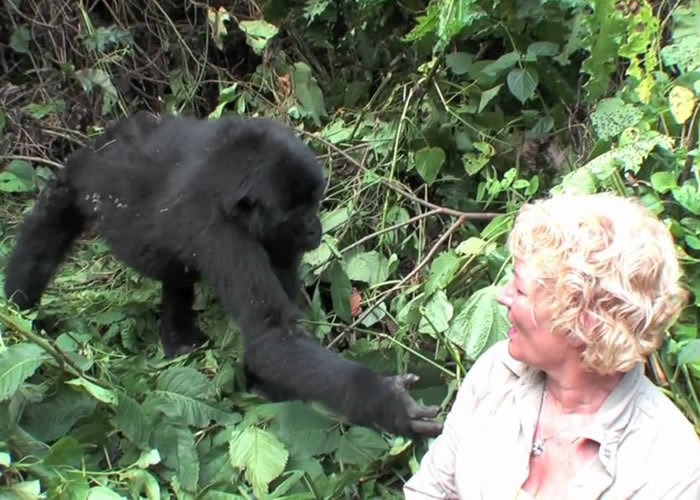
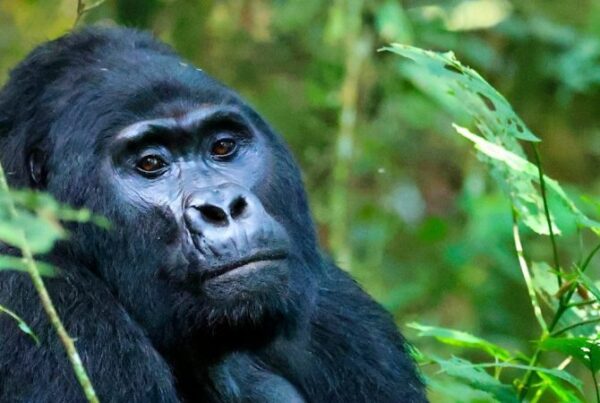
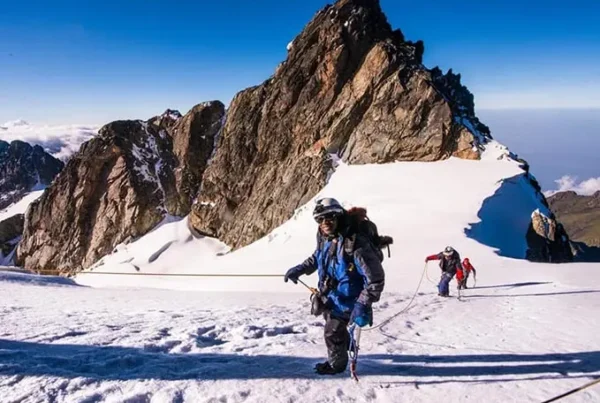
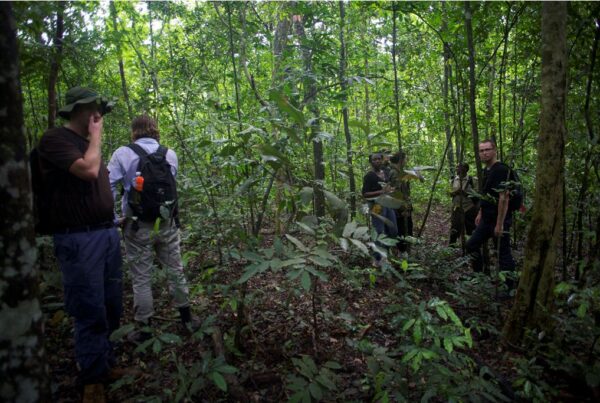
 WildHorn Africa – Authentic and unforgettable tours across Africa, guided by local experts who know the land, wildlife, and culture best.
WildHorn Africa – Authentic and unforgettable tours across Africa, guided by local experts who know the land, wildlife, and culture best.


